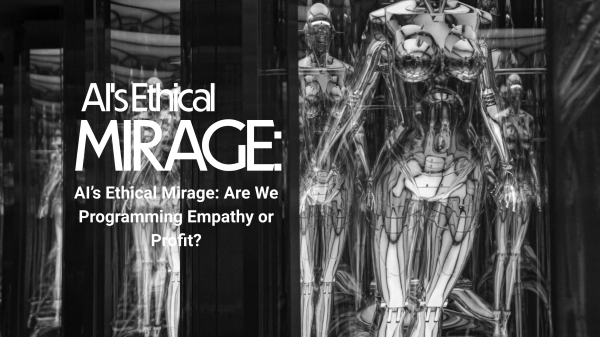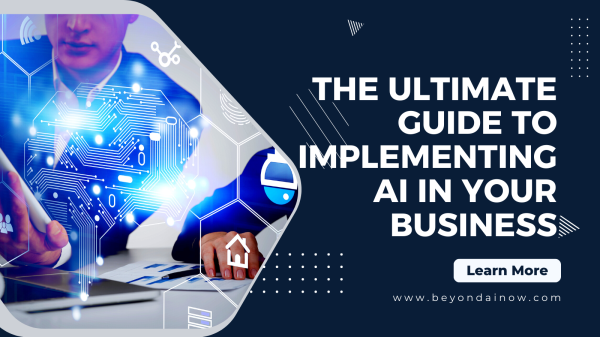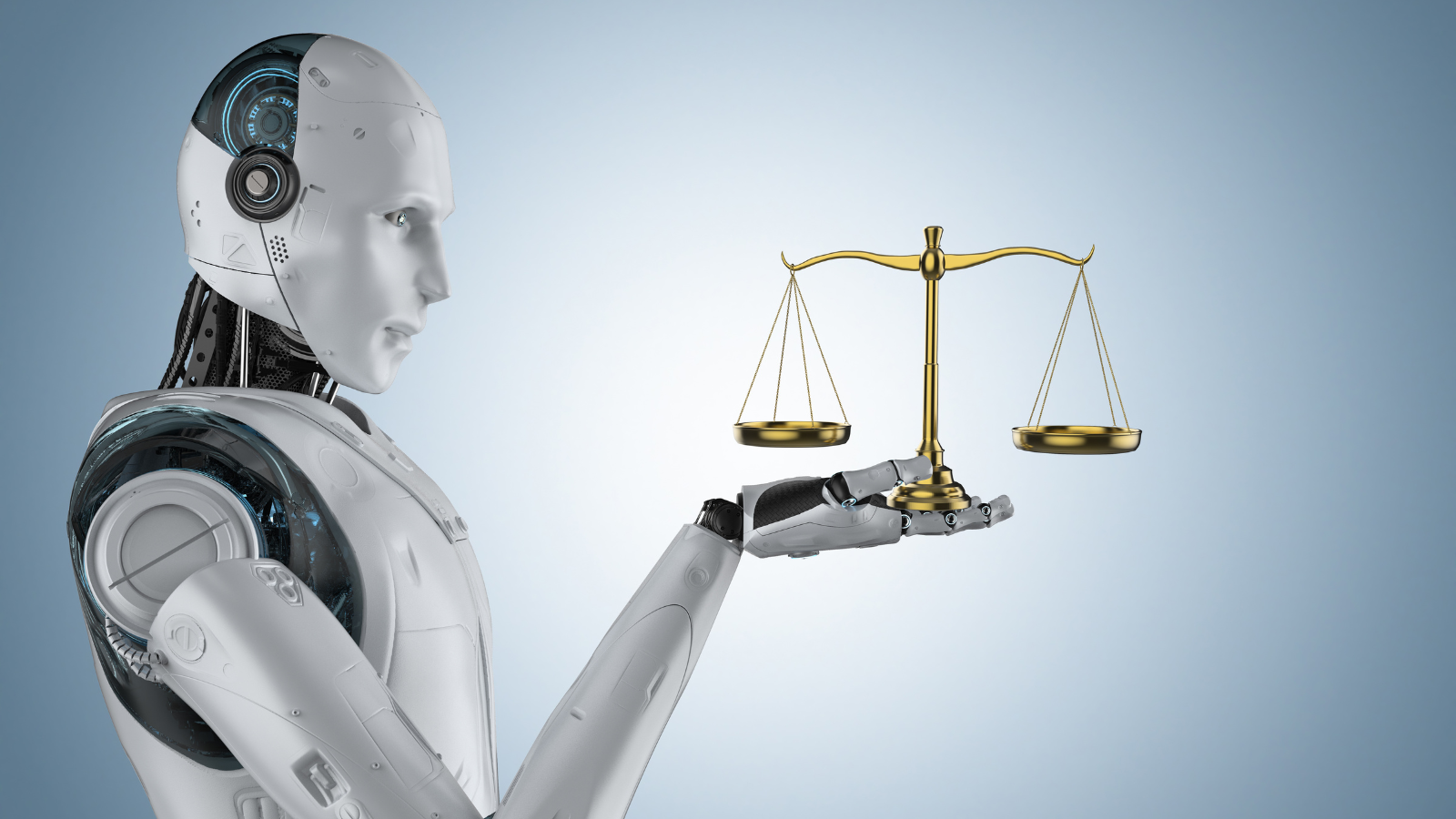Artificial Intelligence (AI) is revolutionizing the field of law enforcement. It offers various benefits such as improving crime prevention, enhancing public safety, and reducing human error. However, AI also poses several risks, including the possibility of bias and lack of accountability. In this article, we will explore the risks and benefits of AI in law enforcement.
Introduction
In recent years, AI has become an integral part of the law enforcement landscape. It is being used for everything from predictive policing to facial recognition. While AI has the potential to revolutionize law enforcement, it also poses several risks. In this article, we will examine both the benefits and the risks of AI in law enforcement.
Benefits of AI in Law Enforcement
Crime Prevention
One of the most significant benefits of AI in law enforcement is its ability to prevent crime. AI-powered predictive analytics can identify patterns in crime data and predict where crimes are likely to occur. This information can be used to allocate resources and prevent crime before it happens.
Enhanced Public Safety
AI can also enhance public safety. For example, facial recognition technology can identify suspects quickly and accurately, leading to faster arrests and convictions. AI-powered drones can be used to patrol areas that are difficult or dangerous for humans to access, such as crime-ridden neighborhoods or disaster zones.
Reduced Human Error
AI can also reduce human error in law enforcement. For example, AI-powered evidence analysis can quickly and accurately analyze large amounts of data, making it easier for investigators to solve crimes. AI-powered decision-making algorithms can also help ensure that decisions are based on data rather than personal biases.
Risks of AI in Law Enforcement
Bias
One of the biggest risks of AI in law enforcement is the possibility of bias. AI algorithms are only as unbiased as the data they are trained on. If the data used to train an algorithm is biased, the algorithm itself will be biased. This can lead to unfair treatment of certain individuals or groups.
Lack of Accountability
Another risk of AI in law enforcement is the lack of accountability. If an AI algorithm makes a mistake, it can be difficult to determine who is responsible. This can lead to a lack of accountability and transparency, which can erode public trust in law enforcement.
Invasion of Privacyn
AI in law enforcement can also raise concerns about invasion of privacy. For example, facial recognition technology can be used to identify individuals in public spaces without their knowledge or consent. This can lead to potential abuses of power, such as tracking individuals or monitoring their movements without probable cause.
Conclusion
AI has the potential to revolutionize law enforcement by improving crime prevention, enhancing public safety, and reducing human error. However, it also poses several risks, including the possibility of bias, lack of accountability, and invasion of privacy. As AI continues to become more prevalent in law enforcement, it is essential to ensure that it is used ethically and with caution.
FAQs
Q1. Can AI be biased in law enforcement?
Yes, AI can be biased in law enforcement. If the data used to train an algorithm is biased, the algorithm itself will be biased.
Q2. Is AI being used in law enforcement?
Yes, AI is being used in law enforcement for a variety of purposes, including predictive policing, facial recognition, and evidence analysis.
Q3. What are the benefits of AI in law enforcement?
The benefits of AI in law enforcement include improved crime prevention, enhanced public safety, and reduced human error.
Q4. What are the risks of AI in law enforcement?
The risks of AI in law enforcement include bias, lack of accountability, and invasion of privacy.
Q5. How can we ensure that AI is used ethically in law enforcement?
To ensure that AI is used ethically in law enforcement, it is essential to develop and implement ethical guidelines and regulations for AI use in law enforcement. These guidelines should ensure that AI algorithms are transparent, explainable, and auditable. Additionally, AI should be regularly audited for biases, and mechanisms for accountability should be established to ensure that individuals responsible for AI decisions can be held accountable. Finally, public engagement and consultation should be prioritized to ensure that the use of AI in law enforcement aligns with community values and expectations.






























